Table of Contents[Hide][Show]
Those new to skin care are often startled when they hear about applying acids to one’s face. It can sound scary or too harsh, but in actuality and with the right product, acids can work wonders on the skin by providing a deeper level of exfoliation to reveal your underlying radiance.
There are two types of exfoliants: chemical and physical. Alpha hydroxy acids (AHAs) fall under the chemical category, but don’t let the name fool you. Not all chemical exfoliants are made up of harsh, synthetic chemicals; there are some types of alpha hydroxy acids that are incredibly effective yet use gentle, plant-powered and nature-derived ingredients.
And even among the AHA category, there are many different kinds, such as lactic acid, glycolic acid, malic acid, mandelic acid, citric acid and more. Let’s dive deeper into what are alpha hydroxy acids in skin care, how to use alpha hydroxy acids, which ones we prefer to employ and alpha hydroxy acid benefits for skin.
What Are Alpha Hydroxy Acids (AHAs)?
Alpha hydroxy acids (AHAs) are a group of naturally occurring compounds commonly found in honey, fruits and milk that are widely used in skin care products due to their ability to exfoliate the skin and improve the appearance of fine lines, wrinkles and uneven skin tone. Alpha hydroxy acids in skin care work by breaking down the “glue” between surface buildup on the skin, promoting skin rejuvenation, and revealing smoother, brighter skin. AHAs are available in a variety of concentrations and forms, including gel-based exfoliants, creams, serums and peels.
Types of Alpha Hydroxy Acids
Within the category of alpha hydroxy acids, there are several different types that are popular in skin care. Some can have long-term damaging effects, whereas others can be a great solution for your exfoliating needs without compromising the health of your skin.
Lactic Acid
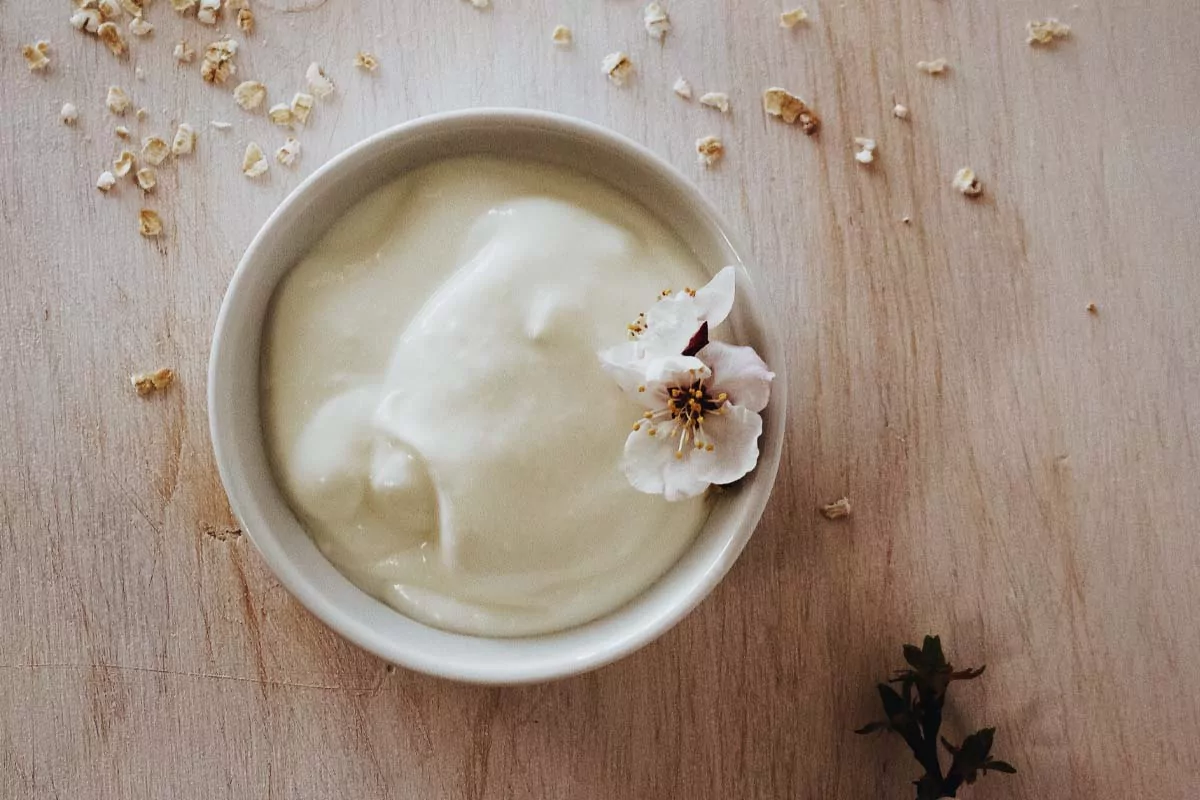
Lactic acid is commonly found in fermented dairy products like yogurt, but it can also be sourced through the fermentation of carbohydrates such as honey using bacteria like lactobacillus. This is one of the gentler, most non-irritating and even hydrating alpha hydroxy acids.
You can find it in our Resurfacing Facial Exfoliant paired with cooling botanicals like cucumber extract and blue tansy.
Glycolic Acid
Probably the most popular AHA, glycolic acid has the smallest molecular structure, allowing it to penetrate further into the skin layers for deeper exfoliation. However, prolonged use of this AHA can have an irritating and weakening effect on the skin, which can be counterproductive, especially as our skin loses its resilience as we age.
Additionally, while it is possible for this acid to be derived from nature, like sugarcane, beets and fruits, because the process for extracting glycolic acid from these sources is less “efficient,” it is commonly made synthetically through a chemical reaction, which may involve the use of formaldehyde.
Mandelic Acid
Mandelic acid is derived from bitter almonds and has a larger molecular size compared to the previous two acids, giving it the reputation of being one of the gentlest, yet slower-acting acids. This AHA may be more suitable for those with sensitive skin.
Malic Acid
Like mandelic acid, malic acid is also larger in size, making it slower-acting and more delicate in approach. Malic acid is found in many fruits and vegetables, including apples, pears and tomatoes.
Alpha Hydroxy Acid Benefits for Skin
One of the most notable alpha hydroxy acid benefits for skin is skin exfoliation, but with that comes other perks such as brightening, hydration, unclogging pores and more effective skin care absorption.
- Exfoliates: AHAs help to break down the “glue” that bonds buildup, giving the skin a deeper level of exfoliation and leaving it looking and feeling smoother.
- Brightens: AHAs can improve the appearance of discoloration and uneven skin tone, making the skin look brighter.
- Hydrates: All skin types can benefit from a hydration boost! AHAs (especially lactic acid) can also act as a humectant drawing water to the skin, which allows the acids to perform with dual-action, leaving skin both exfoliated and hydrated.
- Unclogs pores: As AHAs exfoliate on a deeper level, they help unclog pores by removing unwanted grime and debris.
- Enhances skin care absorption: Because AHAs help to deeply exfoliate skin, you are left with a clean base that allows your other products (like a toning mist, facial serum and facial oil) to absorb more effectively into the skin.
How To Use Alpha Hydroxy Acids (AHAs) Effectively
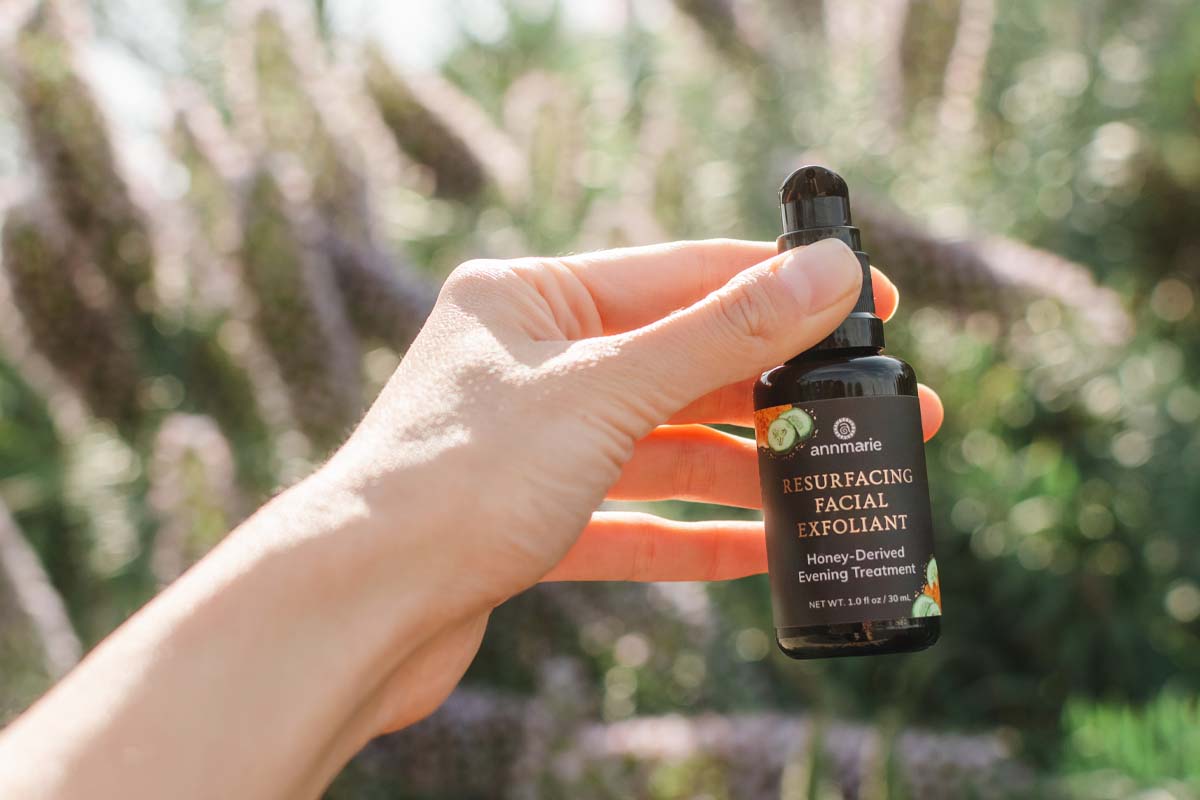
Now that you’re all caught up on some of the most well-known types of alpha hydroxy acids, you may be feeling excited about incorporating one into your routine.
The first thing to do is to select which AHA you’ll be using for your skin. We prefer the use of lactic acid over glycolic acid, as the latter has the potential for skin irritation both in the short and long term. If you are known to have sensitive skin, definitely check out the gentler acids first and patch test before fully applying.
Then, to use your alpha hydroxy acid effectively, we recommend starting with a lower application time of the product and gradually increase as your skin becomes acclimated to the acid. For example, if it is your first time applying the Resurfacing Facial Exfoliant, you may want to start off with only 1-2 minutes to gauge how your skin responds. The next few times you apply, you may find that your skin tolerates and feels comfortable with 3-5 minutes of application time.
Start slow and build up as you see fit, but remember, this is a potent product—it doesn’t need to stay on the skin for too long to be effective! And, if you are wanting to use multiple activated ingredients in your skin care regimen, like vitamin C along with an AHA (whether that be glycolic acid or lactic acid), use them in separate sessions.
Lastly, don’t forget to consider the post-AHA experience. Because AHAs exfoliate deeply, this type of product can make the skin slightly more sensitive to the sun. So, apply your acid in the evening and try to avoid sun exposure 1-2 days after. If you do need to be outside, don’t leave the house without putting on your natural non-toxic sunscreen!
How Often To Use Alpha Hydroxy Acids (AHAs)
Sufficient exfoliation is one of the keys to maintaining healthy looking and happy skin. However, overdoing the exfoliation can leave skin dry, irritated and the skin barrier compromised. Aim to use your AHA one to three times a week. This maintains a polished base and a smoother complexion, as well as a clean slate for your other products to absorb nicely into the skin.
Individuals with sensitive skin may only be able to tolerate using AHAs once a week, while those with less sensitive skin may be able to use them up to every other day. It is always best to consult with your skin care professional on how best to address your individual needs and skin type.
How Much AHA Is Too Much?
Using an AHA every day or using too intense of an application (whether it be in the product’s concentration or time spent on face) can overwhelm the skin. You want to find the sweet spot that works for you, so that you are seeing results without hurting your complexion. Start off with less (less frequent usage, less concentration, less time on skin) and experiment with slowly increasing the intensity.
How Long Does It Take for AHA To Work?
Alpha hydroxy acids (AHAs) can take anywhere from four to 12 weeks to show noticeable improvement in the skin, depending on the concentration and frequency of use, as well as the individual’s skin type and needs. However, some people may experience smoother, clearer skin within a few days of starting AHA applications.
What Should You Pay Attention to When Using AHAs?
When looking to implement an AHA into your routine, it is important to consider what your goal is with this type of product, as well as ensure the formulation you are using is clean, pure and sourced with ingredients that you can feel confident putting on your skin.
While mandelic and malic acid are considered to be gentler and less irritating than lactic and glycolic acid, they may not be as effective in working in the deeper layers of skin, addressing common skin concerns like the look of fine lines and wrinkles or breaking down hard-to-reach residue and buildup. Lactic acid has been shown to be more effective for these types of concerns due to its molecular size, which is smaller than mandelic and malic acid but larger than glycolic acid, making it the perfect “in-between” solution.
Alpha Hydroxy Acid Side Effects
It’s also important to be mindful of the general side effects of AHAs, so that you feel prepared when using this type of product.
The first consideration is ensuring your skin has reduced sun exposure post-AHA application, as AHAs make the skin more sensitive to sunlight. Wear appropriate sun protection, like a mineral-based sunscreen with non-nano zinc oxide (which blocks both UVA and UVB rays) and a wide-brimmed hat to keep your face in shade if you are spending time outside the day after applying your AHA in the evening.
The second is to find the product right for your skin type. Glycolic acid, as we touched on above, is also known for its potential long-term damages, which makes exfoliating come at a cost, weakening your skin in your later years. This type of product is also (more often than not) far too harsh for sensitive skin types. That doesn’t necessarily mean all AHAs are off the table. Look for gentler acids (like malic, mandelic or lactic acids) and brands that formulate products with high quality ingredients from natural sources.
Conclusion
With the right type of AHA for your skin and proper application techniques, AHAs can be a very effective ingredient for improving the appearance of fine lines, wrinkles, uneven skin tone and rough texture. Some alpha hydroxy acids in skin care products can create that instant glow effect, as they work by gently exfoliating the surface of the skin, revealing a smoother, brighter and more youthful looking radiance.
Now that you’ve got the rundown on all things AHAs, are you considering including this product into your skin care routine? Let us know in the comments below if you’ve ever experimented with AHAs or are excited to start using one in the future!
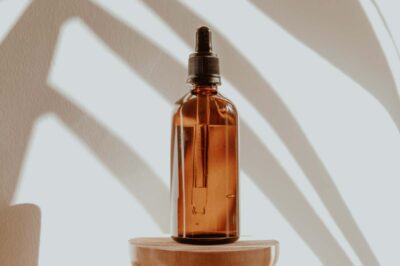

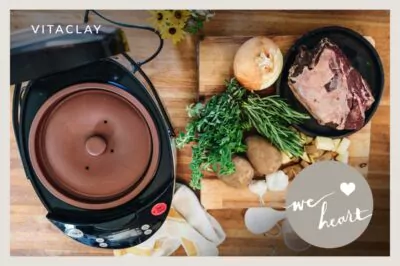




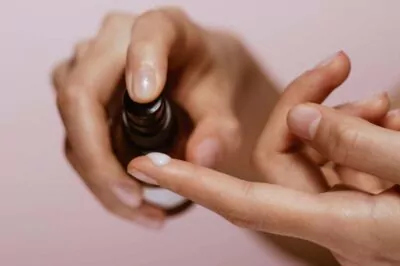
Leave a Reply